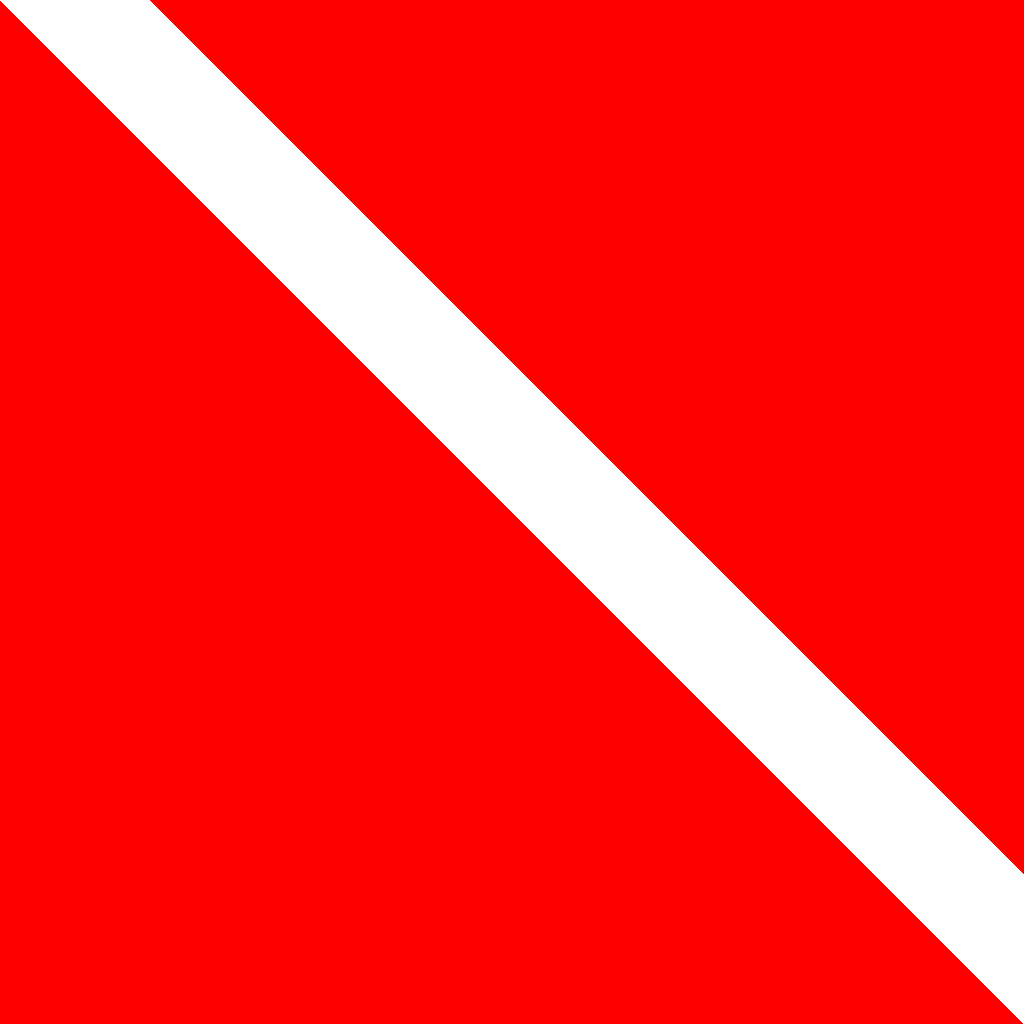Decompression Sickness (DCS)
Definition
Decompression sickness is a potentially serious condition caused by nitrogen bubbles forming in tissues during or after a rapid ascent.
More on Decompression Sickness (DCS)
Also known as “the bends,” DCS results when dissolved nitrogen in the body forms bubbles due to rapid pressure decrease. This can cause joint pain, fatigue, numbness, dizziness, paralysis, and even death in severe cases. Avoiding DCS involves ascending slowly, performing safety or decompression stops, and adhering to dive computer guidelines. Hydration, fitness, and proper surface intervals also help reduce risk. Hyperbaric oxygen treatment is the primary medical response to DCS.
Frequently Asked Questions
Symptoms include joint pain (especially in shoulders and elbows), dizziness, fatigue, shortness of breath, paralysis, and skin rash. Symptoms can appear minutes or hours after surfacing.
Immediate treatment involves 100% oxygen and transport to a hyperbaric chamber for recompression therapy.
Divers who ascend too quickly, skip stops, dive dehydrated, make multiple dives, or fly soon after diving are at increased risk.
Only after medical clearance. Divers who've had DCS may need extended recovery and follow-up before resuming diving.
Type I affects joints and skin. Type II involves neurological symptoms like paralysis, confusion, or loss of bladder control.
